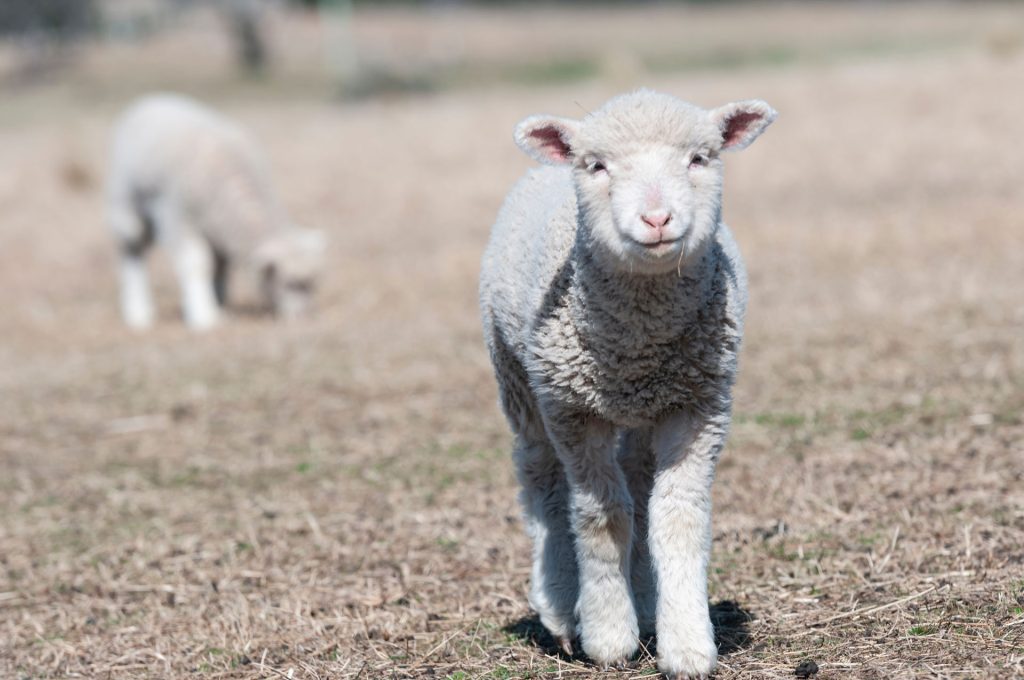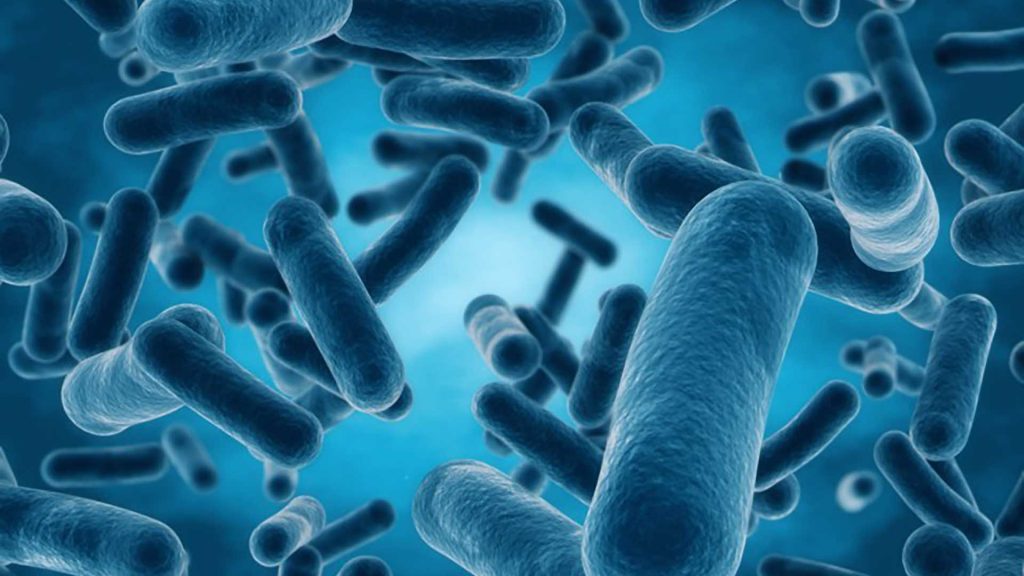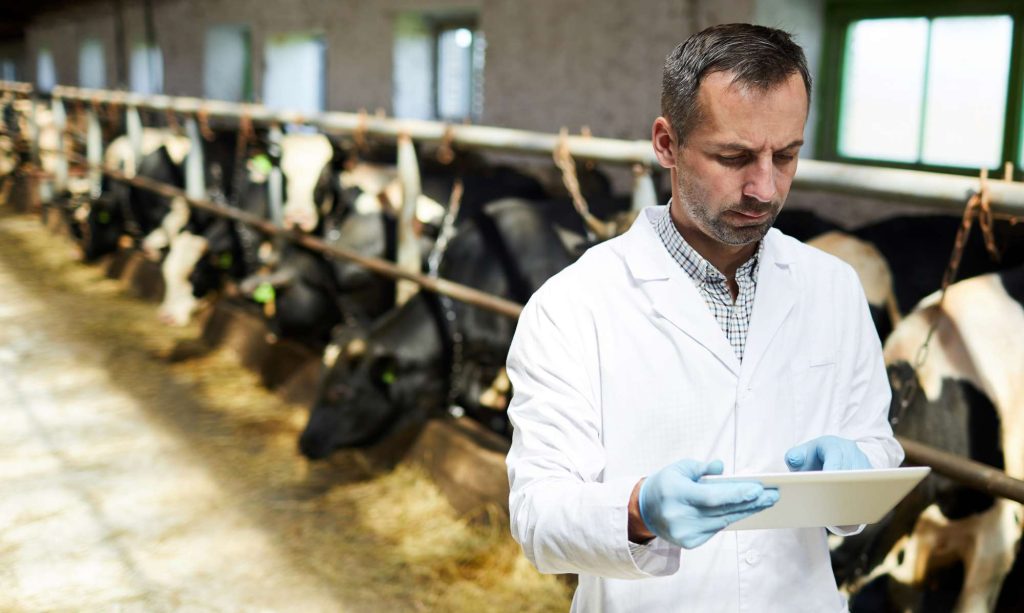This is a multi-phase project aimed at addressing antibiotic resistance and improving ruminant livestock digestion to reduce carbon emissions.
In Phase 1, ProAgni has developed educational content on antibiotic resistance and will deliver around six presentations at industry and academic events over the next year, with a goal of 15 events in five years.
Phase 2 involves developing a new nutritional supplement that uses shelf-stable probiotics to reduce induction times in intensive feeding systems, enhancing overall ruminant nutrition. Once developed, this supplement will be tested on both ruminant and non-ruminant livestock.
In Phase 3, ProAgni will establish a baseline of methane emissions from cattle on a current grain diet, then measure changes after switching to an antibiotic-free ration.
Finally, Phase 4 will involve ongoing trials at a farm/feedlot to monitor antibiotic levels in the soil and water over five generations of cattle, assessing the impact of the antibiotic-free feed.




